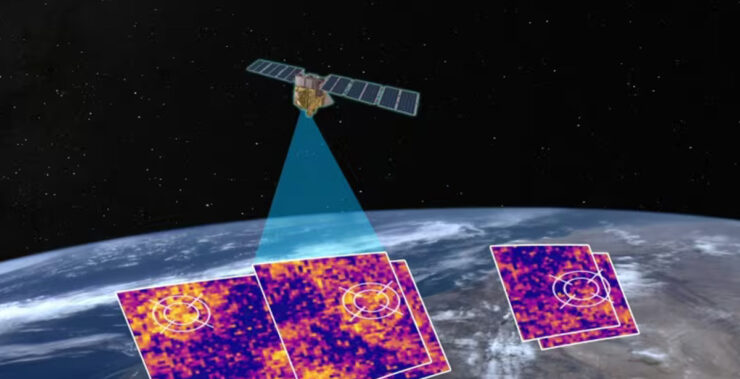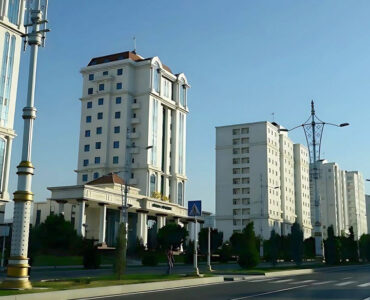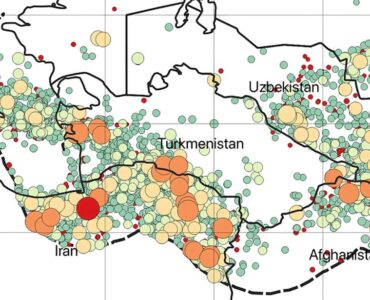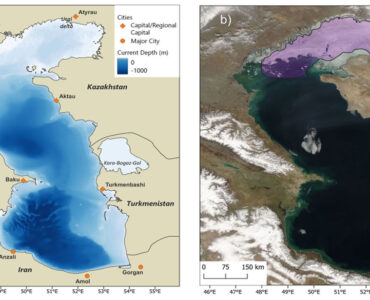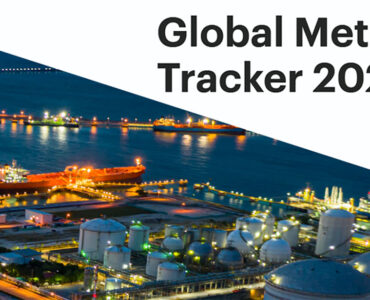Turkmenistan has gained prominence due to significant methane releases and super-emitter events identified at its oil and gas fields, detected through satellite monitoring. Turkmenistan is not the only country with methane emissions from the fossil fuel extraction and processing industry but it is the biggest in the world, both in absolute number of super-emitter events, with 846 events between 2019 and 2022, and relative terms, with 1.6 kg of methane per GJ of energy produced.
Turkmenistan signed the Global Methane Pledge to reduce anthropogenic methane emissions in December 2023. But research has shown that methane emissions from oil and gas producing countries were often underestimated and underreported including in Turkmenistan. It is important to monitor the methane emissions, especially from the worst offenders and the most efficient way to do it is via satellites from space.
Different space programs have been covered in a webinar where the representatives from each program gave a brief explainer on their missions. The webinar can be accessed freely here. The panel included representatives from NOAA Satellite Meteorology and Climatology Division; Carbon Mapper, a non-profit organization that aims to locate, quantify and track methane leaks; NASA’s EMIT Mission, Earth Surface Mineral Dust Source Investigation; MethaneSAT, the first satellite dedicated to tracking methane leaks from oil and gas companies; and GHGSat, private company maintaining a constellation of 12 satellites.
The GHGSat senior vice-president highlighted that generally methane emissions from point sources (oil and gas fields) are intermittent, meaning they occasionally appear and quickly disappear, but the emissions in Turkmenistan are persistent, meaning their satellites continuously observe methane emissions from Turkmen oil and gas fields.
Additionally, the host highlighted the significance of data from the EMIT Mission in aiding the US State Department in addressing methane emissions in Turkmenistan and encouraging the country to sign on the Global Methane Pledge. Moreover, Dr. Andrew Thorpe from NASA stressed their commitment to making all their data accessible to interested parties, ensuring that anyone can utilize it effectively, ostensibly referring to the data from EMIT.

